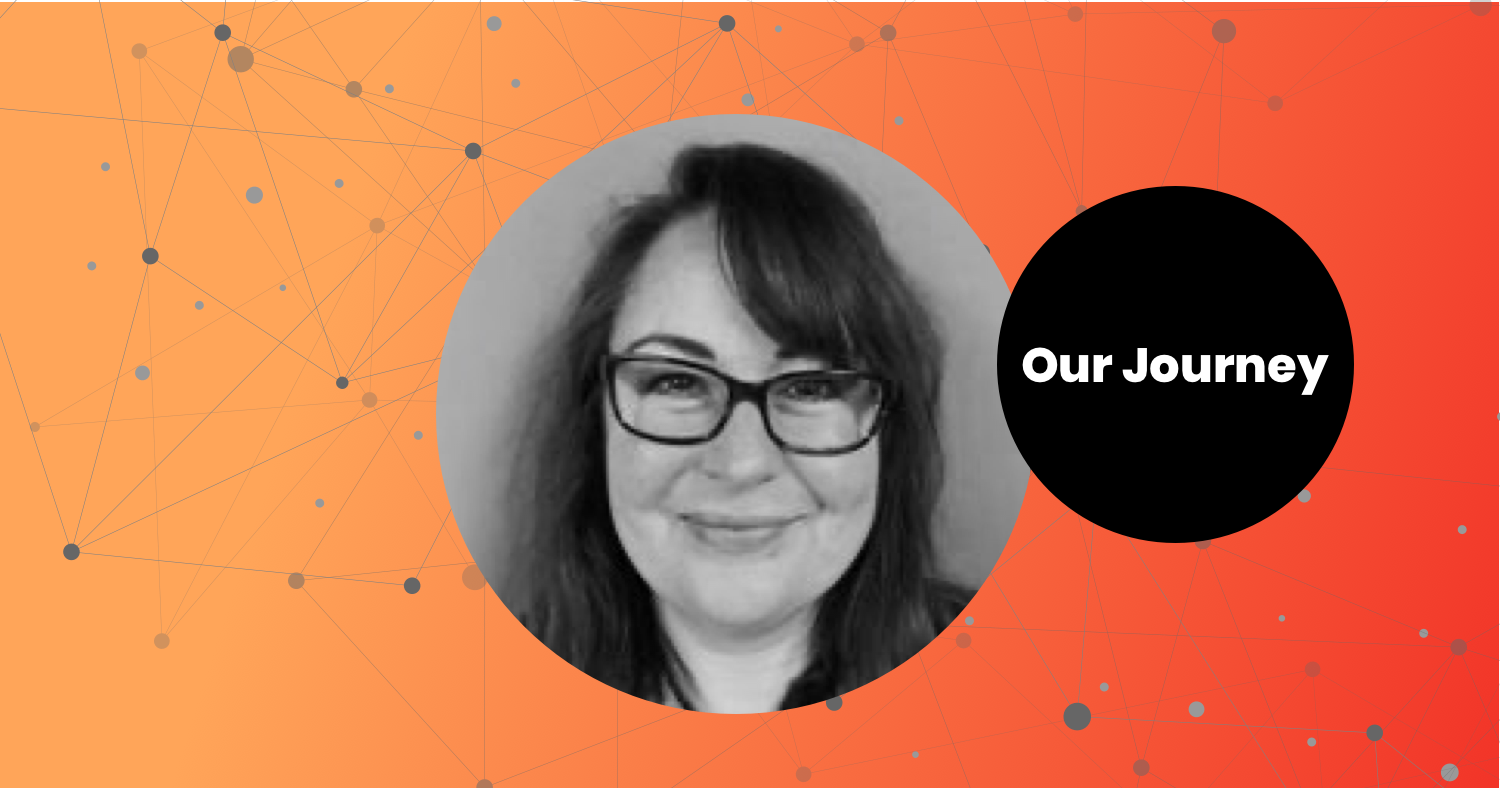This blog series shares the curriculum implementation journeys of districts across the country, through interviews with each of our squad members.
In your district, what problem or data prompted you to adopt new curricula? How did you hope the curricula you chose would help you address it?
The data showed that our students were last across the state in both reading and math. They weren’t learning, despite the fact that we’d invested a lot of time and money in curricula that were supposed to be Common Core aligned but were not. We invested a lot of time for our teachers and school leaders to really, deeply understand the standards, which revealed that our curricula were not going to meet the needs of either our students or our teachers. That’s when we partnered with Dr. Walpole and her team at the University of Delaware. They helped us unpack the standards and learn about the science of learning and the science of reading, which led us to adopt the curricula we have today.
What shifts in mindset were necessary for a successful implementation? How did teachers’ mindset change? How did leaders’ mindset change?
When we began our curriculum journey, there were some educators who didn’t believe that our students could achieve the rigor of the standards. Some teachers wanted to make things easier for students. We had to work on shifting their mindsets about what students can do, and also what teachers can do, like fit all of the rigorous pieces of this curriculum into the school year and the school day. When teachers saw how the standards are cyclical, how students could develop knowledge over time with a repetition of skills and routines, then they started to believe. This was true in both reading and math.
In the first year, before we had a lot of data, the quick wins from our short-cycle common assessments really helped us realize that our efforts were working. That really motivated teachers. After the first year when we showed a lot of growth on our state assessments and people from other districts were noticing and wanting to come see what we were doing, that really motivated our leaders too. Once leaders and teachers were all on the same page pulling together, leaders were even stepping into the classroom to teach lessons. Then student results really skyrocketed.
How is this curriculum work driving greater equity in your district? What are teachers, leaders, and students doing differently to achieve a better outcome?
We have a very high percentage of English Learners in our district, as high as 25% in some of our schools. When we first started, some teachers were asking “How can I teach these kids who don’t even speak English?” They basically said, “You need to fix them first, and then bring them to me to teach.”
We worked really hard to help teachers realize that these students are multilingual, and it’s an asset. Then we made another big change, shifting from a pull-out model to a push-in and co-teaching model. For the first time EL teachers joined our professional development, learning right alongside regular classroom teachers.The result was that they all got better at using the curriculum and engaging all kids. In 2014-15 we were on a Title III improvement Plan for our English Learners. But now in some grade levels we’re number one in the state for English Learner performance.
What missteps did you make along the way that others can learn from? What would you do differently if you could do it over?
We definitely made some missteps during our journey. Thankfully each provided us with an opportunity to learn about the standards, the materials, and ourselves. Most recently, we committed to middle school Bookworms Reading and Writing. As expected, the curricular titles Dr. Walpole and her team selected were culturally relevant and thought provoking. However, the teachers were somewhat uneasy because the content was racially sensitive and brought forward topics they were not yet prepared to discuss. When teachers expressed their concerns, we made adjustments to the books and lessons rather than proactively helping teachers figure out how to deliver the lessons as written. What we would do differently today, and will do as we move forward, is provide dedicated training on how to facilitate classroom conversations about race and culture. Furthermore, we will ensure we have access to models and opportunities, with coaching support, for all teachers to lead discussions around sensitive topics in a way that lifts up all voices, builds relationships across races, and encourages everyone to recognize and stand up to race-related injustices.
Can you share one exemplary aspect of your implementation that might be a model for other districts to follow?
One thing we do is use a consultancy model with our external experts at the University of Delaware. For example, despite the differentiated instruction in our foundational reading block, we had some second grade students who just kept cycling through the same set of skills without making progress. Through a consultation with one of the professors at the University of Delaware, one principal came up with the strategy of “double dosing.” Instead of moving that group of second-graders into a Tier 3 intervention, we decided to try a double dose of Tier 2. We accelerated their learning and moved them faster through the skills and up to more challenging work. As a result of that experiment, which totally worked, Bookworms is developing more support for special education and English Learners called Bookworms Intensive (BWI). This partnership with Delaware is special because we are learning together. Anytime they say, “We’ve been rethinking this lesson or this routine in light of this research and would you have a group of teachers who can try this new thing,” we always say, “Yes, we’ll pilot that!” As a result we are constantly learning and growing, deepening our knowledge and refining our practice.

